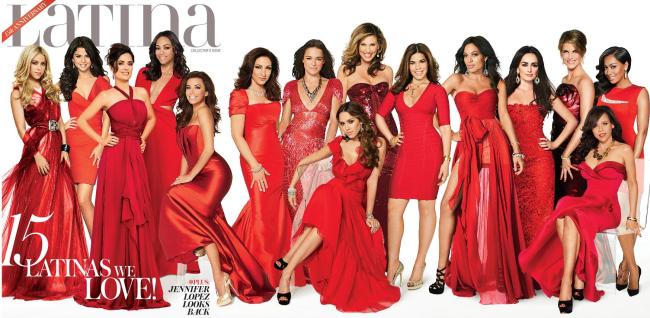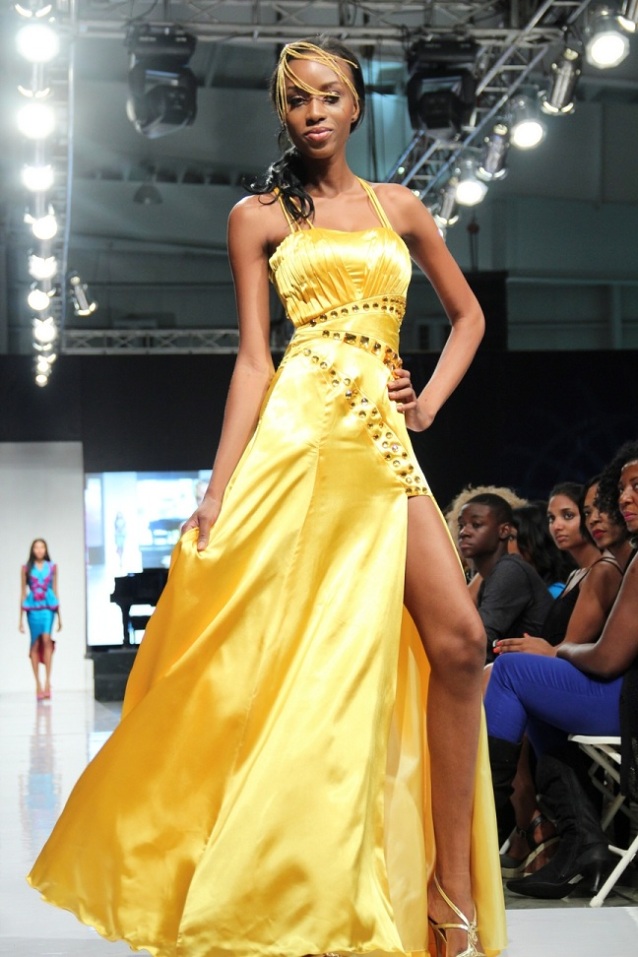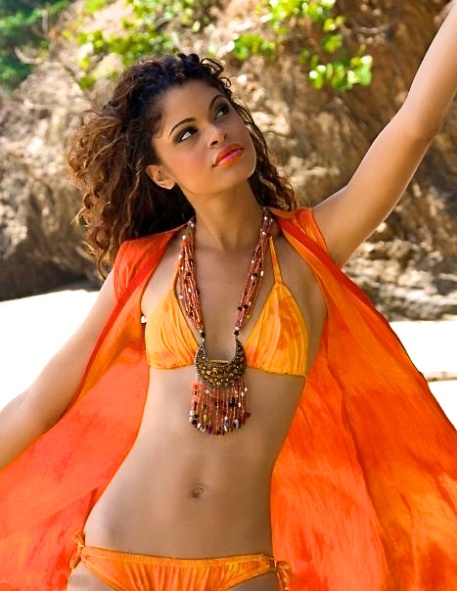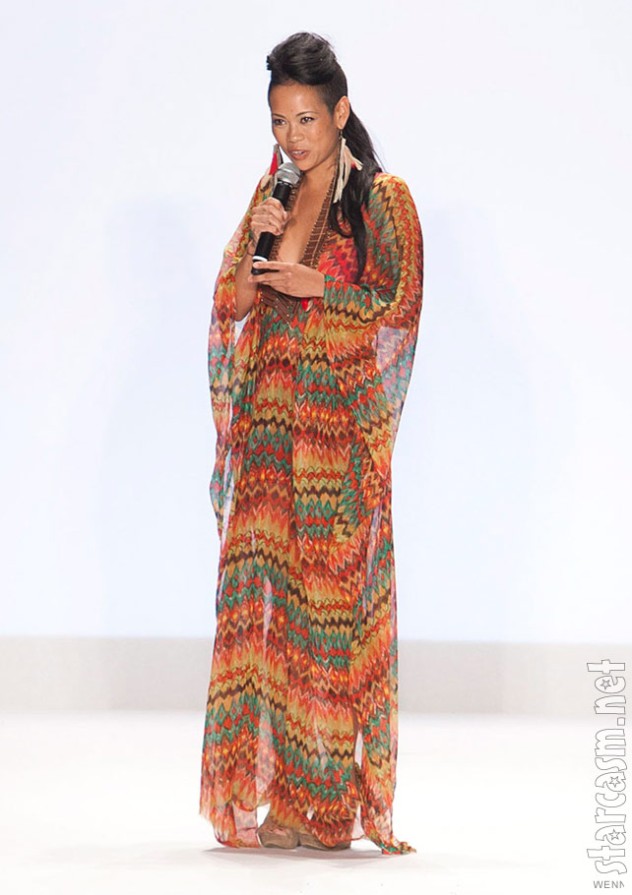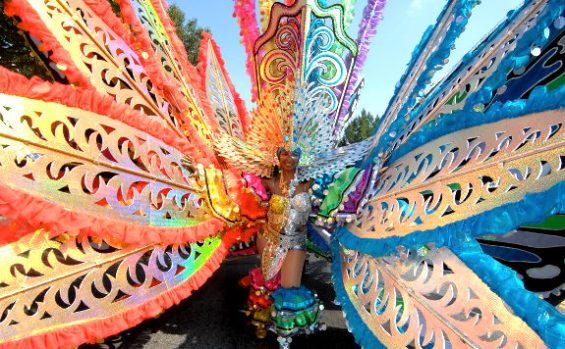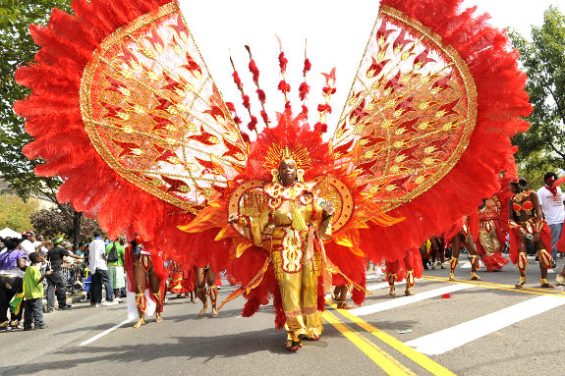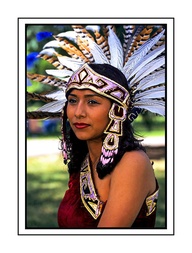Almost 50 years ago, when Oscar de la Renta first started designing clothes under his own name, American fashion journalists who came to interview him would assume he was Italian or Spanish. After all, he had worked for Balenciaga in Spain, and for Lanvin in Paris, and his name sounded rather sophisticated. “When I said I was from the Dominican Republic, I saw their faces drop. They’d think, ‘What am I going to write?’ So I’d say, ‘I want to turn a negative into a positive. I want to become the first Latin American designer who is known all over the world.’ ”
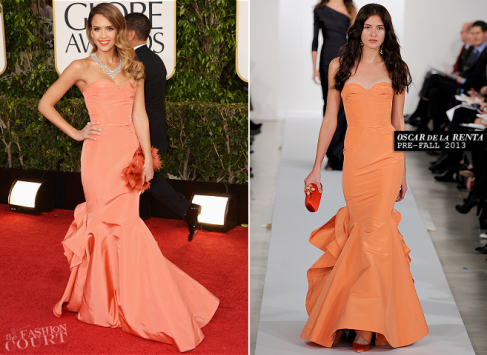
Jessica Alba at Golden Globes 2013
It would seem that he has done exactly that – except that he has gone well beyond it and become, in a sense, the American designer par excellence. He is the first choice of First Ladies (Hillary Clinton and Laura Bush), and his gowns have been given a recent lease of life among younger women by Sarah Jessica Parker and the red carpet appearances of Jessica Alba, Jennifer Lopez, Halle Berry and Catherine Zeta-Jones. Now 80, de la Renta’s professed secret is that he is not overly avant-garde – never 10 steps ahead, as he puts it, “but always only one step and a half”.

Oscar Aristides Ortiz Renta Fiallo was born in Santo Domingo on July 22, 1932, two years into the dictatorship of Rafael Trujillo. The family was not rich, he says, but it was proud of its history: the de la Rentas (“The original family name was Ortiz de la Renta,” the designer will tell The New York Times in 1980, explaining that he reverted to the “de la” at the age of 20) had been on the island for 250 years. It might be assumed that, as the only son of a Dominican mother and a Puerto Rican insurance-agent father who had six daughters, the young Oscar might have been led towards an interest in clothes. But not at all: his sisters, he laughs, were “no fashion plates”, and anyway, had he told his father he was considering becoming a fashion designer, “he’d probably have dropped dead on the spot”.

Spring 2013
De La Renta’s love for fashion grew when he left the Caribbean island of Domican Republic and moved to Madrid at 18 years old to study painting at the Academy of San Fernando. While in Spain, he dreamed of becoming an abstract painter but instead became wooed by the world of fashion design. His obvious talent for illustration opened doors for him, and he quickly landed an apprenticeship with Spain’s most renowned couturier, Cristobal Balenciaga. De La Renta quickly became immersed in the craft of fashion design. At this point in his life De La Renta was only working with the best of the best. In 1960, he flew to Paris to work with Fashion Designer Antonio Castillo at the house of Lanvin. Castillo at the time was hired by Jeanne Lanvin to relaunch the brand’s name. “Working for incredible talents like Balenciaga and Antonio Castillo, I learned about the immense skill and creativity involved in couture work. Today, I apply some of that same detailing and artistry in my own designs,” De la Renta mentioned on his website. What really put his name on the map was when he was promoted on Elizabeth Arden’s label.
Years of working with fashion’s greatest names finally paid off. In 1965, the house of Oscar De La Renta’s ready-to-wear label was created. His Latin American inspired vibrant garments and luxurious fabrics were finally available for women. Combining his Latin American passion for vibrant colour, his European-trained eye for luxurious fabrics and embellishments and his unique understanding for all things feminine, his line—identified by its delicate silk prints, use of ruffles, soft silhouettes and vibrant palette—soon became synonymous with casual luxury. The label remained a favourite among the press and stars since its creation. As a womenswear designer his mission is to make women look and feel good. “I have always felt my role as a designer is to do the very best I can for a woman to make her look her best. Fashion is only fashion once a woman puts it on,” the designer said on his website.
De La Renta’s designs do not come cheap. His clothes and bridal gowns can be expensive. Ask Mr. De La Renta himself who his customers are and he replies: “All the women who can afford to buy my clothes! My customers are successful working women. They might be spending less at the moment, but my approach is that fashion must always be optimistic, and that a woman will always be enticed by beautiful clothes,” the designer said in an interview with vanityfair.com.
Women of means couldn’t get enough of his distinctly modern yet romantic looks, and for those who couldn’t afford his gowns, he offered a scent. His first perfume debuted in 1977. Oscar de la Renta dreamed of creating a perfume that captured the joy and sophistication of his fashion designs. In 1977, he created his signature fragrance OSCAR, a celebration of women, a timeless and feminine floral bouquet in inspired by the lush gardens of Oscar’s childhood in Santo Domingo.

The tropical island of Santo Domingo has been and always will be Oscar de la Renta’s biggest inspiration. Full of rich vibrant colors, flowers and sunshine; his homeland plays a big part in his color palette. Oscar’s collections are well known for being very bright and colorful and full of life. His spring 2012 ready to wear collection was very upbeat which could be seen in the bright silk taffeta ball gowns. But this is of no surprise since De La Renta is well known for his bold colors and prints. When designing his collections the designer keeps in mind a woman for whom is creating a garment. The woman that he was designing for in the 60’s has changed greatly. Today he designs for the career woman, the woman who has dreams and loves life.

From OSCARPRGIRL’s instagram
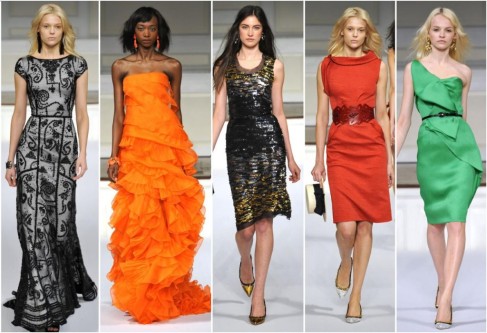
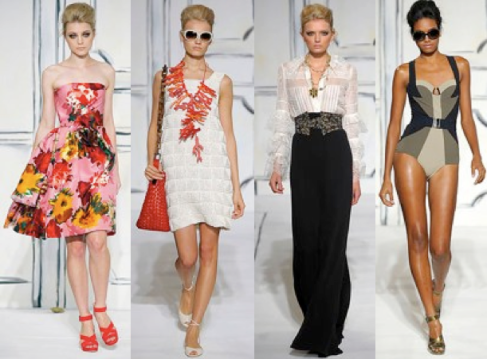
Marie Larrory












